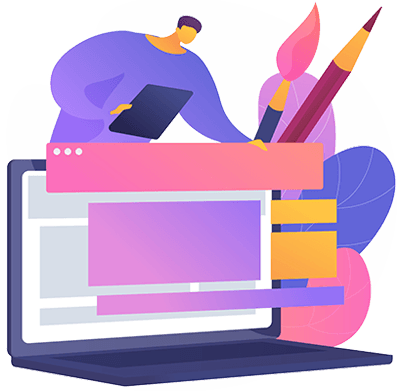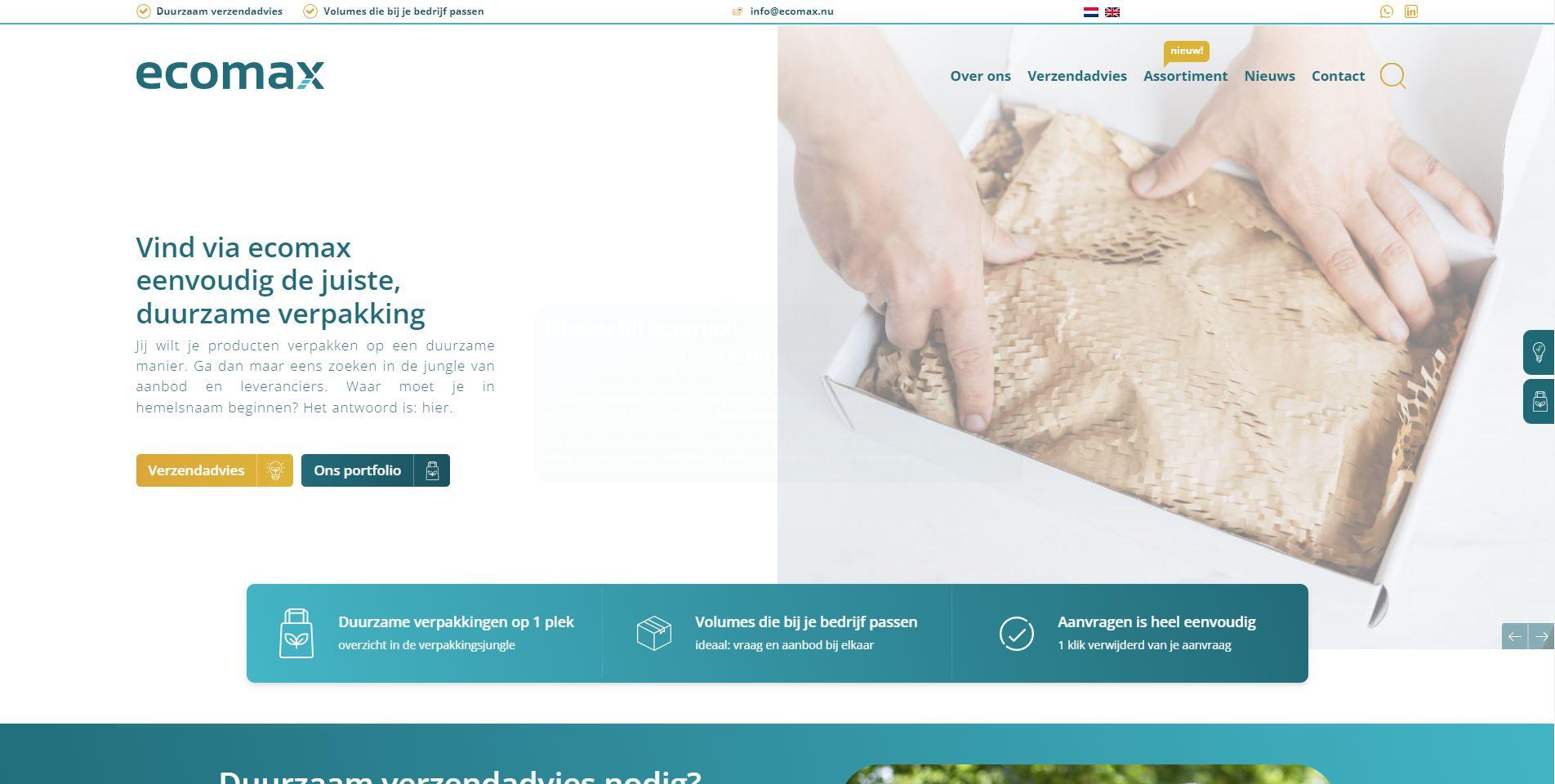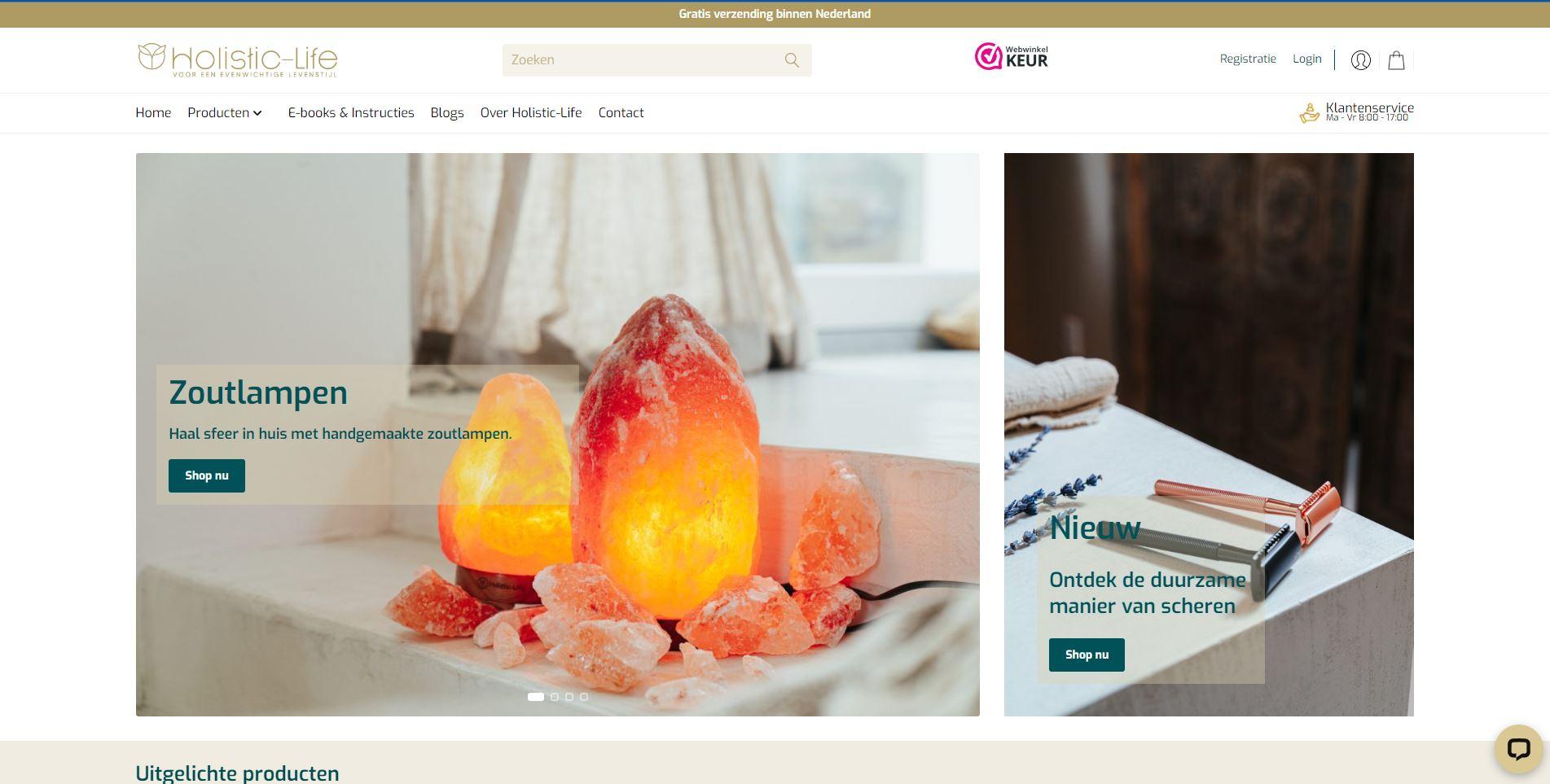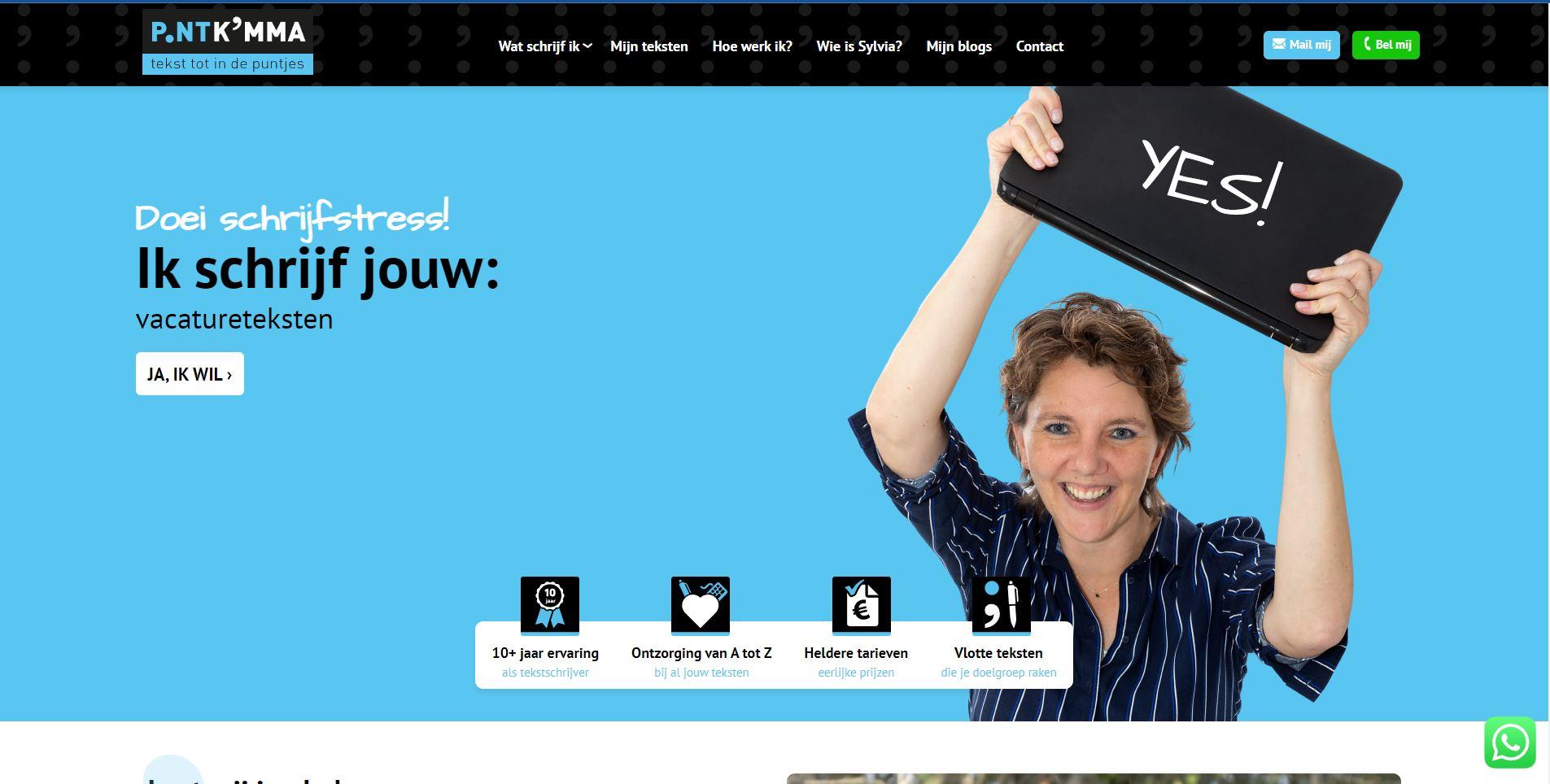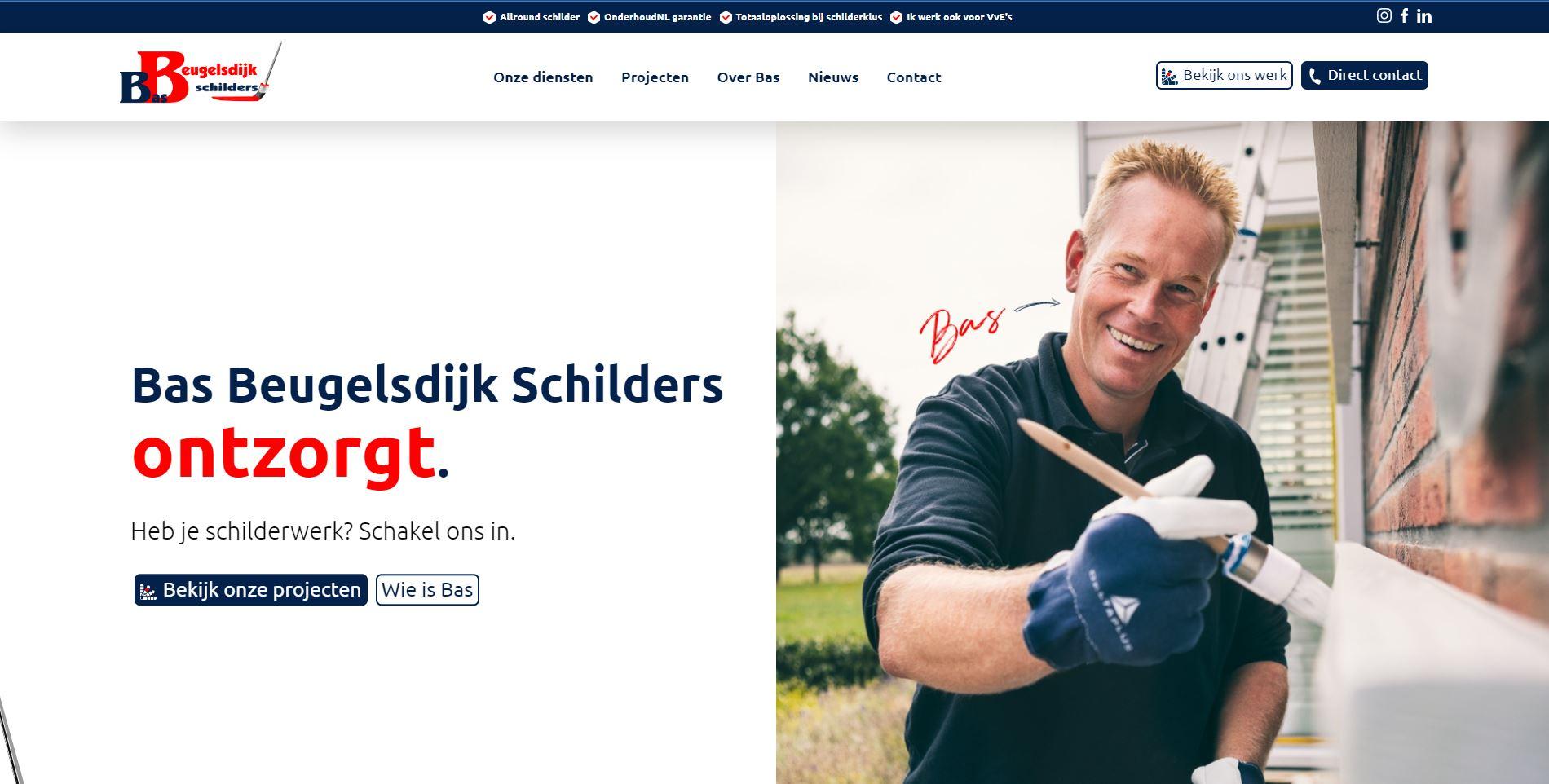User Experience (UX) and User Interface (UI) design have become integral components of modern digital experiences. As technology continues to shape our lives, the role of a UX/UI designer has gained immense importance. This comprehensive guide will walk you through the journey of becoming a successful UX/UI designer, from understanding the fundamentals to mastering the skills needed to excel in this creative and dynamic field.
Introduction: The Power of UX/UI Design
In an increasingly digital world, user experience (UX) and user interface (UI) design play a pivotal role in shaping how individuals interact with technology. From mobile apps to websites and software applications, the way we navigate and engage with digital products can greatly impact our overall satisfaction and usability.
The Distinction Between UX and UI
While often used interchangeably, UX and UI represent distinct aspects of design. UX design focuses on the overall user journey, ensuring that interactions are seamless and intuitive. UI design, on the other hand, deals with the visual elements that users interact with, such as buttons, icons, and typography.
The Role of a UX/UI Designer
A UX/UI designer wears many hats throughout the design process. They empathize with users, conduct in-depth research, create wireframes and prototypes, and collaborate closely with developers to bring their visions to life. A successful UX/UI designer understands the delicate balance between aesthetics and functionality.
Building a Strong Design Foundation
Before diving into the specifics of UX/UI design, it’s crucial to establish a solid design foundation. Learning design principles, understanding user psychology, and grasping human-centered design are essential steps in becoming a proficient designer.
Learning Design Principles
Design principles serve as the building blocks of effective design. These principles, such as contrast, alignment, and proximity, guide the arrangement of elements on a screen and contribute to a visually pleasing and functional interface.
Understanding User Psychology
User psychology delves into the behaviors, emotions, and motivations that drive user interactions. By understanding how users think and feel, designers can create experiences that resonate on a deeper level.
Grasping Human-Centered Design
Human-centered design places the user at the core of the design process. This approach involves empathizing with users, defining their needs, ideating solutions, and continuously iterating based on feedback.
Mastering User Research
Effective user research forms the bedrock of successful UX/UI design. By gaining insights into user preferences and pain points, designers can create solutions that address real-world problems.
Conducting Effective User Interviews
User interviews provide valuable qualitative data that sheds light on user behaviors and needs. By asking the right questions, designers can uncover valuable insights that inform the design process.
Crafting User Personas
User personas are fictional representations of target users, based on demographic information, behaviors, and goals. Creating accurate personas helps designers tailor their solutions to specific user groups.
Utilizing Usability Testing
Usability testing involves observing users as they interact with a prototype or product. This hands-on approach highlights areas of friction and allows designers to refine their designs for optimal usability.
Creating Intuitive User Flows
User flows outline the paths users take as they navigate through a product. Wireframing and prototyping are essential tools for visualizing and refining these flows.
Wireframing and Prototyping
Wireframes provide a skeletal structure of a design, focusing on layout and content placement. Prototypes, on the other hand, offer interactive representations of the design, allowing designers to simulate user interactions.
Navigating Information Architecture
Information architecture involves organizing and structuring content to enhance usability. Designers create clear and logical pathways that guide users through the interface.
The Art of UI Design
User interface design is where aesthetics meet functionality. A well-executed UI design enhances user engagement and ensures a visually appealing experience.
Visual Hierarchy and Layout
Visual hierarchy guides users’ attention to the most important elements on a screen. By using techniques like size, color, and contrast, designers can create a clear hierarchy that guides users through the interface.
Choosing the Right Color Palette
Colors evoke emotions and convey meaning. Designers choose color palettes that align with the brand’s identity and create a harmonious visual experience.
Typography that Speaks
Typography plays a crucial role in communication. Designers select fonts that are easy to read and reflect the brand’s personality, enhancing the overall user experience.
Interactive Design and Animation
Adding interactivity and animation to a design elevates user engagement and provides a dynamic experience.
Adding Microinteractions
Microinteractions are subtle animations or feedback that respond to user actions. They add a layer of delight and responsiveness to the design.
Embracing Motion Design
Motion design involves using animations to guide users’ attention and enhance the overall storytelling. Well-executed motion design can make interactions feel natural and intuitive.
Collaboration and Communication
Collaboration is key to successful design projects. UX/UI designers work closely with developers, stakeholders, and other team members to bring their designs to life.
Working with Developers
Effective communication with developers ensures that the design vision is translated accurately into the final product. Regular feedback loops and collaboration streamline the development process.
Presenting Design Concepts Effectively
Presenting design concepts requires clear communication and storytelling. Designers use tools like prototypes, mockups, and presentations to convey their ideas to stakeholders.
Staying Updated in a Rapidly Evolving Field
The field of UX/UI design is constantly evolving. To stay relevant, designers must embrace continuous learning and stay up-to-date with the latest industry trends.
Attending Conferences and Workshops
Conferences and workshops provide opportunities to learn from industry experts, network with fellow designers, and gain insights into emerging technologies.
Exploring Online Resources
Online platforms offer a wealth of resources, from tutorials and articles to design communities and forums. Designers can expand their knowledge and skills through self-paced learning.
Building a Compelling Portfolio
A well-crafted portfolio showcases a designer’s skills, creativity, and design process. It is a powerful tool for landing job opportunities and freelance projects.
Showcasing Diverse Projects
A diverse portfolio demonstrates versatility and expertise across various design challenges. Including projects of different scales and industries highlights a designer’s adaptability.
Highlighting Design Process and Impact
Sharing the design process behind each project provides insight into problem-solving and critical thinking. Demonstrating the impact of design decisions on user experiences adds depth to the portfolio.
Job Opportunities and Career Paths
The demand for skilled UX/UI designers is on the rise. Designers can explore various job opportunities and career paths based on their interests and goals.
In-House vs. Agency
In-house designers work within a specific company, focusing on improving the user experience of their products or services. Agency designers collaborate with multiple clients, tackling diverse projects.
Freelancing and Entrepreneurship
Freelance designers have the flexibility to choose projects and clients, while entrepreneurship offers the opportunity to create and launch innovative products.
Tips for Thriving as a UX/UI Designer
Thriving as a UX/UI designer requires a combination of creativity, dedication, and continuous improvement.
Cultivating Creativity
Creativity fuels innovation in design. Designers should constantly seek inspiration from various sources and explore new design approaches.
Embracing Continuous Learning
The design landscape is ever-evolving. Designers should embrace a growth mindset and actively seek opportunities to learn new tools and techniques.
Seeking Feedback and Iteration
Feedback is invaluable for refining designs. Designers should actively seek feedback from peers, mentors, and users, and iterate on their designs based on insights.
Common Challenges and How to Overcome Them
Designers often face challenges in their journey. Understanding these challenges and developing strategies to overcome them is essential.
Balancing Aesthetics and Functionality
Striking the right balance between a visually appealing design and functional usability can be challenging. Regular testing and iteration help find the optimal solution.
Dealing with Client Feedback
Client feedback is an integral part of the design process. Designers should approach feedback with an open mind, using it to improve the design and meet client expectations.
Overcoming Design Fatigue
Designing can be mentally taxing. Taking breaks, seeking inspiration from different sources, and collaborating with peers can help overcome design fatigue.
Conclusion: Shaping Digital Experiences of Tomorrow
As a UX/UI designer, you have the power to shape how people interact with technology. By understanding user needs, crafting intuitive designs, and embracing continuous growth, you can create impactful digital experiences that resonate with users.
FAQs
1. What is the role of a UX/UI designer?
A UX/UI designer is responsible for creating seamless and intuitive user experiences through the design of interfaces and interactions.
2. How can I improve my UI design skills?
Improving UI design skills involves practicing design principles, studying successful designs, and seeking constructive feedback.
3. What tools do UX/UI designers use?
UX/UI designers use a variety of tools, including wireframing software, prototyping tools, and graphic design software.
4. Is coding knowledge necessary for a UX/UI designer?
While coding knowledge can be beneficial, it’s not always necessary. Collaboration with developers is essential for bringing designs to life.
5. How do I build a strong portfolio?
A strong portfolio showcases a variety of projects, highlights your design process, and demonstrates the impact of your work on user experiences.


